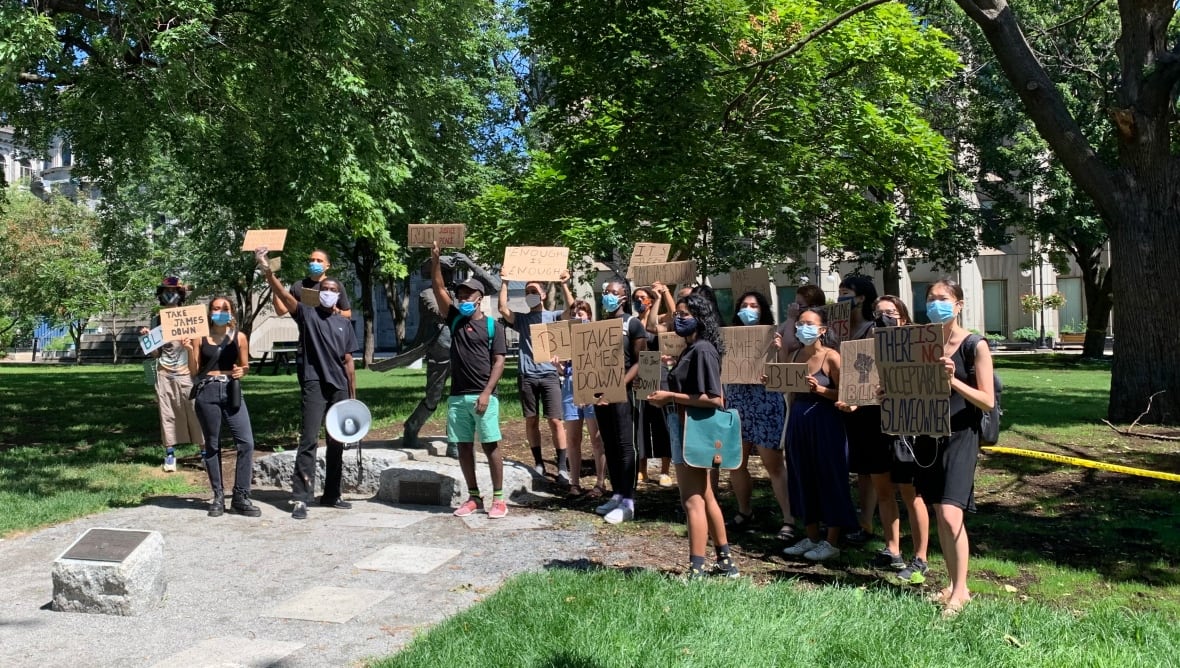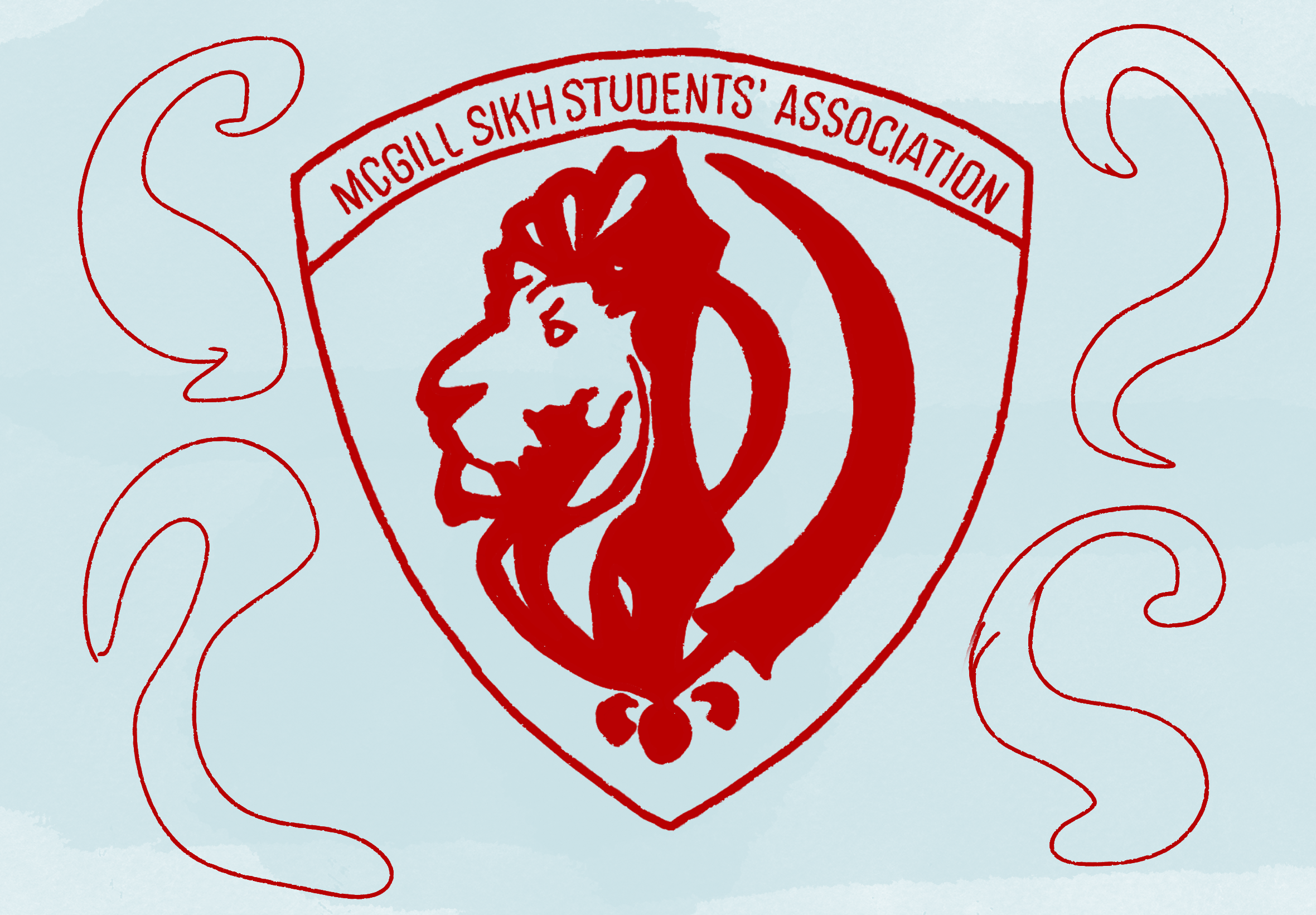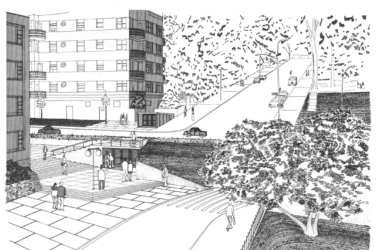Anti-Black racism at McGill is institutionalized, and the work of Black student activists is vital in demanding systemic changes on campus. A summer of Black Lives Matter protests sparked by the continued police brutality and murders of Black people have brought increased visibility to Black activism around the globe, including at McGill. The Take James Down movement, along with the continued efforts of McGill’s Black Students’ Network (BSN), is pressuring the university’s administration to reconsider their flimsy commitment to racial justice, specifically in addressing anti-Black racism.
The Take James McGill Down movement was co-organized by Mohammed Odusanya, Sarah Ragab, and Ayo Ogunremi, alongside other volunteers. The movement’s letter to McGill’s Board of Governors, entitled “Enough is Enough,” outlines McGill’s failures to adequately serve its Black community, highlights the university’s negligence towards funding a proper Black or Africana Studies program and condemns the administration’s continued refusal to critically examine James McGill’s history of enslaving Black and Indigenous peoples. Further, McGill has continued to celebrate James McGill’s legacy without acknowledging the enslaved and oppressed people whose land and labour were essential to the founding of the university.
Among the movement’s demands is the removal of the statue of James McGill near the Roddick gates, and that the administration properly address its namesakes’ history. McGill enslaved at least five people and voted against the abolition of slavery.
Odusanya called on the McGill administration to increase representation of Black people in McGill’s faculties, and make meaningful amends for its role in upholding racist practices.
“#TakeJamesDown [is] calling for McGill University to meaningfully respond and recognize its role in perpetuating anti-Blackness and excluding Black students, staff and faculty from leadership roles in this university,” Odusanya wrote in an email to The McGill Tribune. “The statue is a symbol of the university’s valorization of certain people and histories at the expense [of] Black people.”
Despite the movements’ efforts and public support, Odusanya believes that the administration has been passive.
“In response to a CBC Montreal interview we did in August, McGill said they would not be removing the statue, amongst other things,” Odysanya wrote.
The administration’s refusal to remove the statue sends a conflicting message: Despite championing a commitment to equity, they have ignored clear statements from their Black student population on how to be more equitable.
BSN has been involved in the oversight of the Take James Down movement and organized the Aug. 1 protest for the removal of the statue. Currently, they are focussed on reiterating the demands expressed in the Take James Down open letter to the administration. Iyanu Soyege, BSN Vice-President Political, emphasized the importance of recognizing the university’s colonial past.
“We have come to a moment in time where it is imperative to question the symbols that are upheld and what they mean to marginalized ethnic and racial groups at McGill and in the larger Canadian society,” Soyege wrote in an email to The McGill Tribune.
Founded in 1970, the BSN provides valuable resources and platforms for McGill’s Black communities. For decades, their advocacy work has gone largely unaddressed by the administration. This failure to respond to its Black students’ needs has highlighted the McGill administration’s disinterest in dismantling institutional racism within the university.
“The BSN has been advocating for different things such as the increased recruitment of Black students from Montreal, the creation of a Black Studies [or] Africana Studies department and increased Black faculty [members] at McGill,” Soyege wrote. “Most of these demands are not new. Considering that most of these demands have not been fulfilled, it is reasonable to surmise that the administration has historically failed to take the BSN’s requests seriously.”
Students can support the movement by signing TJD’s letter through this form.








